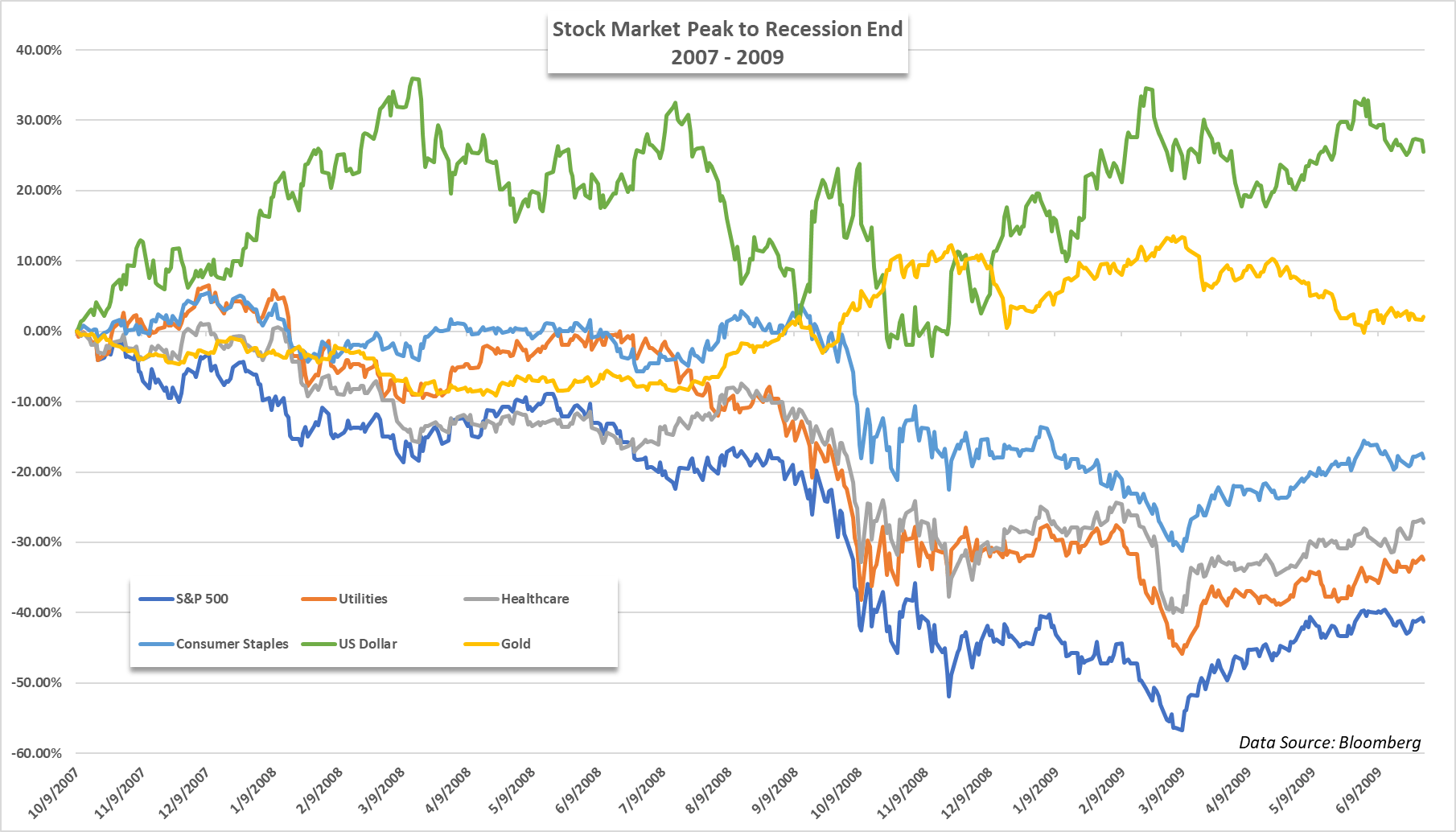
There are several steps that you must follow to enroll in Bank of America online banking, regardless of whether you are new to the service or an existing customer. These steps include providing your social security number, debit card number, and ZIP code. You will also need to enter your pin code or the last four numbers of your social security number. After entering all of these details, you'll need to provide your email address twice. You will also need to enter your SiteKey. It is an unique image and caption that you provide. After entering this information, you must confirm the SiteKey using the instructions found on the bank's site.
Register online for banking
Bank of America offers several online banking services. These include personal finance tools, bill pay, and more. The mobile app allows you to manage all your finances using your smartphone. You only need an internet connected smartphone or computer, as well as an eligible account.

Limits
There are several limitations for Bank of America's online banking services. There are cutoff and delivery times that limit transactions. For more information, read your Online Banking Service Agreement.
Safeguards
Bank of America has numerous safeguards in order to protect customers against financial fraud. These safeguards are essential to ensure customers have access to their accounts without fear. If you have concerns about your credit card security, you can check the activity of your accounts online or via an app. You can also set up alerts to be notified when unauthorised transactions occur. If you have had previous problems with credit card fraud, you may want to consider enrolling in a credit monitoring service.
Limits on account access
Bank of America limits account access to specific features. These features include the money you can transfer and how long you have access to Online Banking. You also have the ability to view and conduct transactions on your account. Your limits can be reduced by upgrading to the Account management service at Bank of America. You can also control which accounts have what access levels with this upgrade. Quickbooks integration can also be possible through this service. Online Banking profiles can be expanded to allow for additional users. Each individual can have an online ID and passcode.
Text banking
Bank of America texts banking is a convenient and easy way to check your account information right from your phone. You can check your balances and transaction history with just one text message. You can even locate a customer service representative close to you.

Plan 401(k).
A 401K plan is a retirement scheme where employees make contributions by making payroll deductions. These contributions are invested according the employee's preferences. There are three options: stock mutual funds and bond mutual funds. Target-date funds are also available. Because they reduce the chance of employees losing their money, target-date funds can be a great choice.
FAQ
Do I invest in individual stocks or mutual funds?
You can diversify your portfolio by using mutual funds.
They are not suitable for all.
If you are looking to make quick money, don't invest.
Instead, you should choose individual stocks.
You have more control over your investments with individual stocks.
There are many online sources for low-cost index fund options. These allow you track different markets without incurring high fees.
At what age should you start investing?
An average person saves $2,000 each year for retirement. But, it's possible to save early enough to have enough money to enjoy a comfortable retirement. If you wait to start, you may not be able to save enough for your retirement.
You must save as much while you work, and continue saving when you stop working.
The sooner you start, you will achieve your goals quicker.
Consider putting aside 10% from every bonus or paycheck when you start saving. You may also invest in employer-based plans like 401(k)s.
You should contribute enough money to cover your current expenses. You can then increase your contribution.
How do I know if I'm ready to retire?
You should first consider your retirement age.
Do you have a goal age?
Or would you rather enjoy life until you drop?
Once you've decided on a target date, you must figure out how much money you need to live comfortably.
Then, determine the income that you need for retirement.
You must also calculate how much money you have left before running out.
Statistics
- As a general rule of thumb, you want to aim to invest a total of 10% to 15% of your income each year for retirement — your employer match counts toward that goal. (nerdwallet.com)
- 0.25% management fee $0 $500 Free career counseling plus loan discounts with a qualifying deposit Up to 1 year of free management with a qualifying deposit Get a $50 customer bonus when you fund your first taxable Investment Account (nerdwallet.com)
- Some traders typically risk 2-5% of their capital based on any particular trade. (investopedia.com)
- If your stock drops 10% below its purchase price, you have the opportunity to sell that stock to someone else and still retain 90% of your risk capital. (investopedia.com)
External Links
How To
How to properly save money for retirement
Planning for retirement is the process of preparing your finances so that you can live comfortably after you retire. It's the process of planning how much money you want saved for retirement at age 65. Also, you should consider how much money you plan to spend in retirement. This includes travel, hobbies, as well as health care costs.
You don't need to do everything. A variety of financial professionals can help you decide which type of savings strategy is right for you. They'll assess your current situation, goals, as well any special circumstances that might affect your ability reach these goals.
There are two main types - traditional and Roth. Roth plans allow you put aside post-tax money while traditional retirement plans use pretax funds. It depends on what you prefer: higher taxes now, lower taxes later.
Traditional Retirement Plans
A traditional IRA allows you to contribute pretax income. If you're younger than 50, you can make contributions until 59 1/2 years old. If you want to contribute, you can start taking out funds. After turning 70 1/2, the account is closed to you.
If you have started saving already, you might qualify for a pension. These pensions will differ depending on where you work. Many employers offer match programs that match employee contributions dollar by dollar. Some offer defined benefits plans that guarantee monthly payments.
Roth Retirement Plans
Roth IRAs allow you to pay taxes before depositing money. After reaching retirement age, you can withdraw your earnings tax-free. However, there may be some restrictions. For medical expenses, you can not take withdrawals.
A 401(k), another type of retirement plan, is also available. Employers often offer these benefits through payroll deductions. Additional benefits, such as employer match programs, are common for employees.
Plans with 401(k).
Many employers offer 401k plans. These plans allow you to deposit money into an account controlled by your employer. Your employer will automatically contribute a portion of every paycheck.
The money you have will continue to grow and you control how it's distributed when you retire. Many people prefer to take their entire sum at once. Others distribute the balance over their lifetime.
There are other types of savings accounts
Some companies offer other types of savings accounts. TD Ameritrade allows you to open a ShareBuilderAccount. You can also invest in ETFs, mutual fund, stocks, and other assets with this account. Plus, you can earn interest on all balances.
Ally Bank offers a MySavings Account. You can deposit cash and checks as well as debit cards, credit cards and bank cards through this account. You can then transfer money between accounts and add money from other sources.
What's Next
Once you have decided which savings plan is best for you, you can start investing. Find a reliable investment firm first. Ask family and friends about their experiences with the firms they recommend. Also, check online reviews for information on companies.
Next, calculate how much money you should save. This step involves figuring out your net worth. Net worth can include assets such as your home, investments, retirement accounts, and other assets. It also includes liabilities such debts owed as lenders.
Once you know how much money you have, divide that number by 25. This number will show you how much money you have to save each month for your goal.
For example, if your total net worth is $100,000 and you want to retire when you're 65, you'll need to save $4,000 annually.